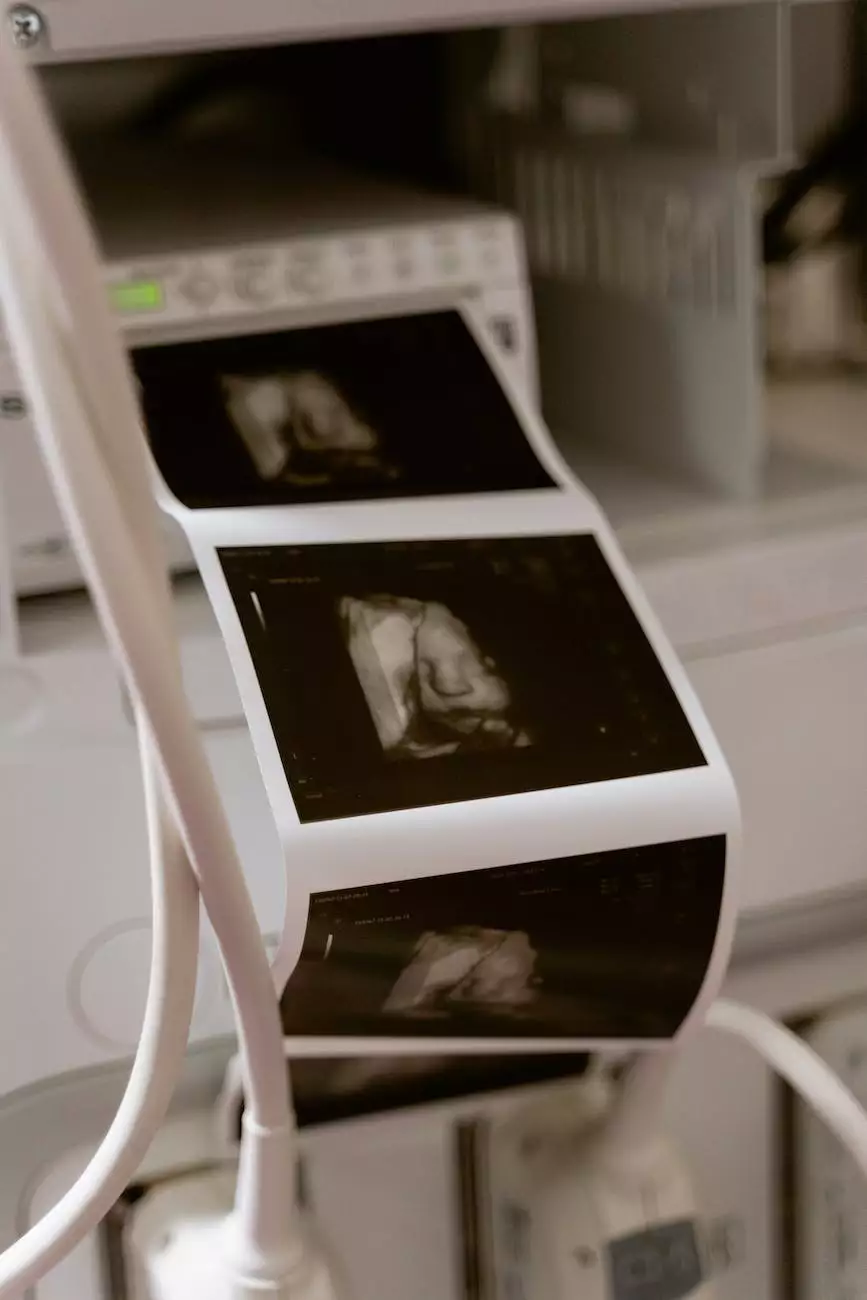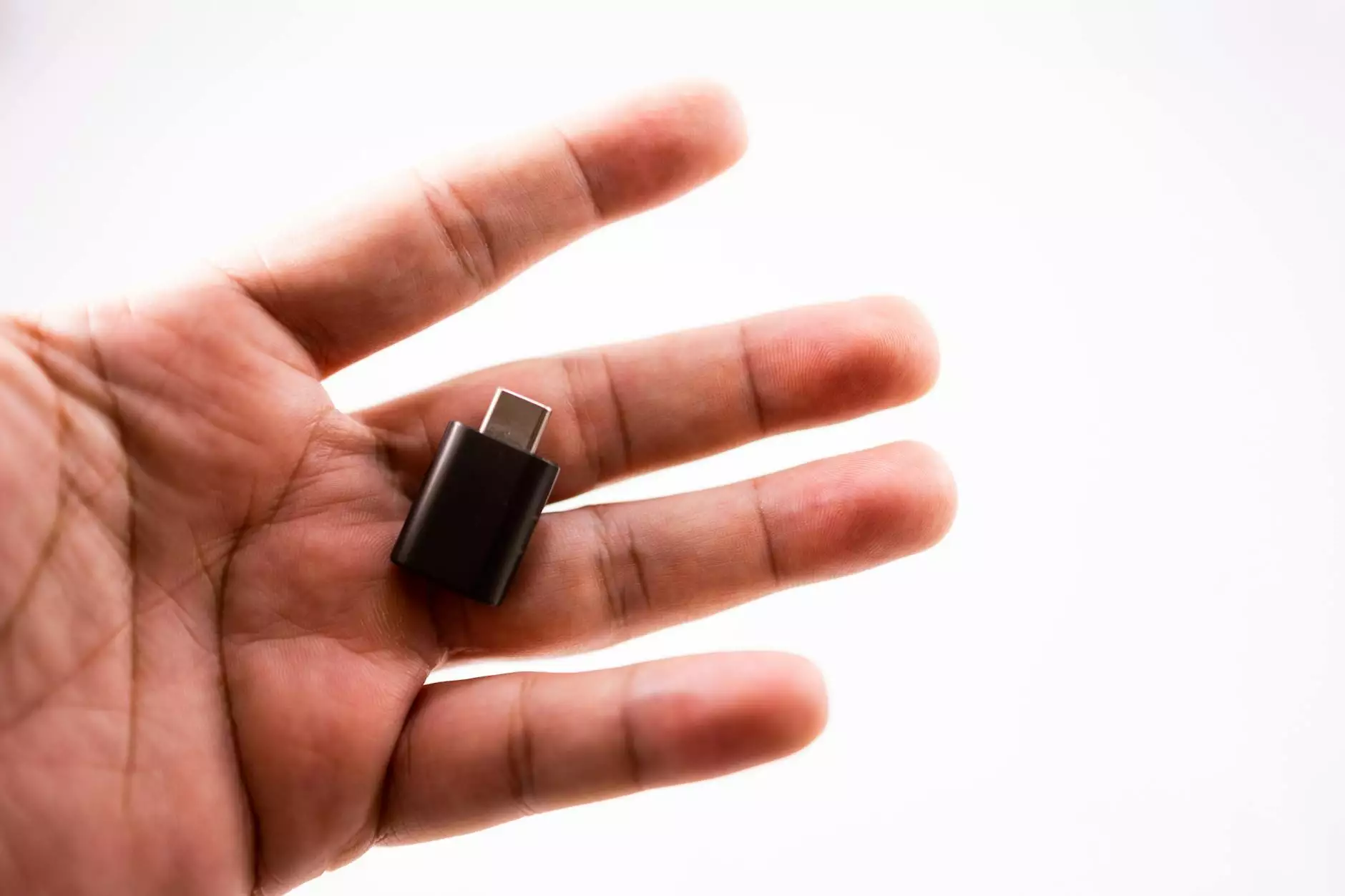Viruses & Spyware

Introduction
Welcome to the comprehensive guide on viruses and spyware brought to you by PC Guy On Call! In this article, we will provide you with the essential information to understand, prevent, detect, and remove these malicious cyber threats. With the rapid advancement of technology, computer security has become increasingly important, and it is crucial to ensure the protection of your digital life.
Understanding Viruses
Viruses are malicious software programs that infect and compromise the performance of your computer, often without your knowledge. They can corrupt or delete files, steal sensitive information, and even allow unauthorized access to your system. Understanding the different types of viruses is the first step towards protecting oneself.
Types of Viruses
- File Infectors: These viruses infect executable files and spread when the infected file is executed.
- Boot Sector Viruses: These viruses infect the boot sector of your computer's hard drive and activate when the system is started.
- Macro Viruses: These viruses infect documents that contain macros, such as Word or Excel files.
- Polymorphic Viruses: These viruses have the ability to change their code structure to avoid detection.
- Ransomware: This type of virus encrypts your files and demands a ransom in exchange for their release.
Preventing Viruses
Prevention is the key to safeguarding your computer from viruses. Here are some essential measures you can take:
- Install Antivirus Software: Choose a reputable antivirus software and keep it regularly updated.
- Enable Firewall: Activate your computer's firewall to protect against unauthorized access.
- Be Cautious of Email Attachments: Don't open email attachments from unknown sources, as they can contain viruses.
- Download from Trusted Sources: Only download software and files from reliable, reputable sources.
- Update Your Operating System: Keep your operating system up to date to patch any security vulnerabilities.
Detecting and Removing Viruses
To detect and remove viruses from your system, follow these steps:
- Perform Regular System Scans: Schedule regular antivirus scans to detect any potential threats.
- Identify Suspicious Behavior: Pay attention to unexpected system crashes, slow performance, or unusual pop-ups.
- Use Antivirus Rescue Disks: In severe cases, use antivirus rescue disks to clean your system.
- Seek Professional Help: If you are unsure or unable to remove a virus, seek assistance from a professional.
Understanding Spyware
Spyware is a type of malicious software designed to collect information about a user, often without their consent. It can monitor online activities, track sensitive data, and compromise your privacy. Understanding how spyware operates is essential to protect yourself from this intrusive threat.
Types of Spyware
- Adware: Adware displays unwanted advertisements and collects information about user preferences.
- Keyloggers: Keyloggers record keystrokes, potentially capturing passwords or sensitive information.
- Trojans: Trojans disguise themselves as legitimate software but perform malicious actions in the background.
- Browser Hijackers: Browser hijackers take control of your browser, redirecting you to unwanted websites.
- Tracking Cookies: Tracking cookies collect user data and browsing habits for targeted advertising.
Preventing Spyware
Protecting yourself from spyware involves implementing proactive measures. Follow these tips for prevention:
- Install Anti-Spyware Software: Invest in reputable anti-spyware software to detect and remove threats.
- Be Wary of Downloads: Avoid downloading software from untrusted sources, as they may contain spyware.
- Keep Your System Updated: Regularly update your operating system and software to patch vulnerabilities.
- Read Terms and Conditions: Be cautious while downloading software and read the terms and conditions to understand what you are agreeing to.
Detecting and Removing Spyware
If you suspect spyware on your computer, follow these steps for detection and removal:
- Perform a Full System Scan: Use your anti-spyware software to conduct a thorough scan of your computer.
- Review Installed Programs: Uninstall any suspicious programs or applications from your system.
- Clear Browser Extensions: Remove any unknown or suspicious browser extensions.
- Reset Browsers: Resetting your browsers can help remove unwanted toolbars or changes in settings caused by spyware.
Conclusion
Now that you have gained a comprehensive understanding of viruses and spyware, you are better equipped to protect your computer and digital life. Remember to stay vigilant, implement preventive measures, and regularly update your security software. By following these best practices, you can significantly reduce the risk of falling victim to these online threats. PC Guy On Call is here to assist you with any further inquiries or professional help needed for computer security. Safeguard your valuable data and enjoy a worry-free digital experience!









